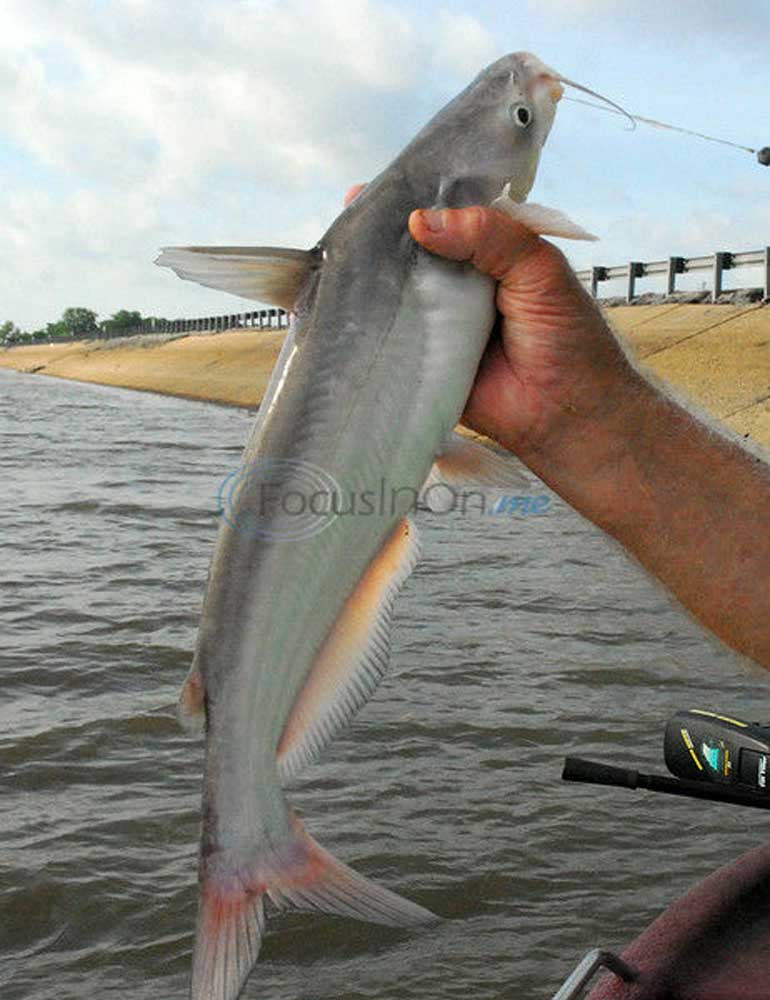Working Regs
Published 1:09 am Thursday, July 3, 2014

- After the minimum length limit for blue and channel catfish was dropped on Lake Palestine, Texas Parks and Wildlife Department has seen an increase in the harvest
Fishermen sometimes see regulations as being something restrictive that can take away from their fun or more importantly their catch.
About a third of all fishing on Palestine is for catfish, the most popular fishery on the lake. So any regulation change involving catfish is bound to be an important one with the potential to make people unhappy.
But three years into a catfish regulation that did away with the length limit on Lake Palestine, fishermen are keeping more fish than ever. That must mean the regulation works for fishermen and biologists.
After hearing complaints that fishermen were catching too many undersized fish, Texas Parks and Wildlife Department in 2011 changed the regulations for channel and blue catfish from 25 per day with a 12-inch minimum length limit to 50 per day, of which only five could be more than 20 inches.
“We are trying to manage for a quality fishery,” said Richard Ott, TPWD Fisheries district biologist.
Ott explained that the limit is not unlike Lake Fork’s slot limit for bass in that it allows for harvest, but also protects rare big fish.
“This is recognition that those big old fish are rare and if you are going to harvest them there needs to be a smaller bag limit for those fish,” he said.
To determine how the new limit was working, TPWD conducted a year-long fisherman creel survey that ended in May. What they learned is that while fishing pressure on Palestine has dipped almost 50 percent from 10 years ago, channel and blue catfish harvest is up from a similar survey in 2009-10, but down from one in 2005-06.
Going into the new regulation the department wasn’t sure if fishermen would keep sub-12 inch catfish. The survey showed they would. Thirty-five percent of the blue cats and 39 percent of the channels brought to shore were smaller than the old 12-inch minimum length limit.
“Now it is not us saying you have to throw back that 11 ᄒ-inch fish,” he said.
The change was possible because both fisheries are very prolific on Palestine. The blue catfish fishery has been coming on since the 1980s and easily the stronger of the two. However, where blue cats have been known to inch out channel catfish in other reservoirs, Ott said that hasn’t been the case and he doesn’t expect it to be the case on Palestine because the submerged timber in the lake still provides excellent spawning habitat for channels.
“We have really good spawning conditions in Palestine,” he said. “Channel catfish seem to hold their own against the blues.”
And while the newer regulation seemingly allows for greater harvest, Ott said he doesn’t know if fishermen can out-catch the reproductive rate of catfish on the lake.
“It is still too early to speculate on long-term changes, but it is encouraging that some of the anglers are taking advantage of the revised regulation,” he said.
At this point Ott isn’t that concerned about the drop in fishing pressure over the years. He believes in part this year’s dip was caused by high gas prices and more importantly odd spring weather that made it difficult for fishermen to get on area lakes and delayed spawning activity.
“Compared to the creel we did in 2001-02, fishing pressure was about half,” Ott said. “With the spring quarter being about half of the fishing pressure, that is a big part.”
He said if weather conditions had been better, the harvest could have easily doubled.
Actually the catch rate per fishermen did almost double to over three catfish per hour since 2005. Ott credits this to fewer fishermen on the lake catching more fish.
With no change in the size distribution of blue or channel catfish on the lake, Ott doesn’t see another regulation change in the near-future.
“I don’t see any reason to change it unless we see the bottom drop out of that size distribution,” he said.
This regulation doesn’t cover flathead catfish. For those the limit remains at five daily with an 18-inch minimum length limit.
Have a comment or opinion on this story? Contact outdoor writer Steve Knight by email at outdoor@tylerpaper.com. Follow Steve Knight on Facebook at TylerPaper Outdoors and on Twitter @tyleroutdoor.






